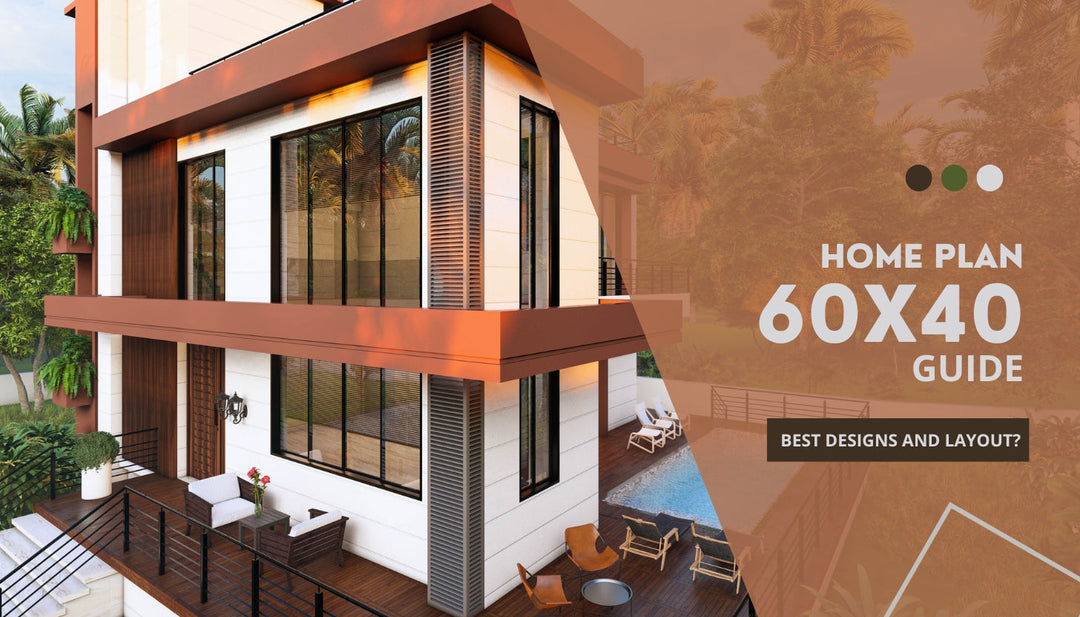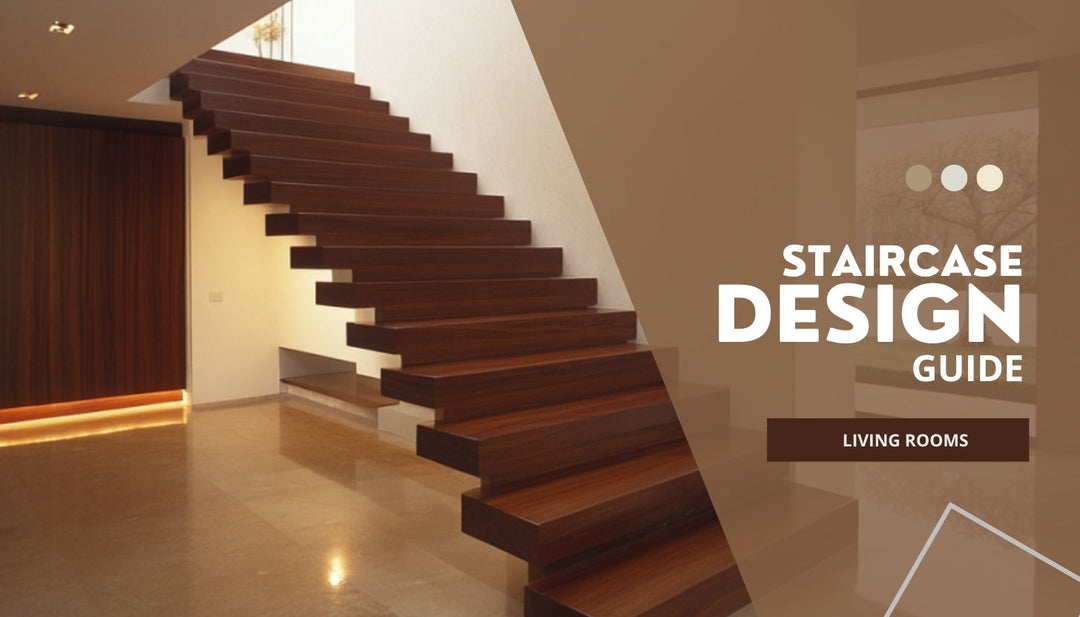What Are Green Roofs And Why You Should Consider One
Welcome to the world of green roofs! In this article, I'll discuss everything you need to know about green roofs, starting with what they are and why they're worth considering.
Jump to section:
1. What is a green roof | 2. How Green Roofs work? | 3. How long do green roofs last | 4. Green roof and rainwater harvesting | 5. Green roof advantages and disadvantages | 6. Green roof vs conventional RCC roof | 7. How to install a green roof
What is a Green Roof
A green roof, a vegetative roof, is covered with plants, soil, and other growing mediums. It can be either intensive, which means it's like a traditional garden and requires more maintenance, or extensive, which is lighter and requires less maintenance. Comprehensive is typically less than six inches thick and usually consists of low-growing, hardy plants and a shallow soil substrate. On the other hand, intensive green roofs are thicker and can be up to several feet deep. They typically include a more comprehensive range of vegetation, such as shrubs and small trees, and require more maintenance. Green roofs are becoming increasingly popular due to the many benefits they provide.
How do Green Roofs work?
Green roofs are designed to filter and retain rainwater, improving runoff water quality. This can reduce the strain on local water treatment facilities and the risk of flooding during heavy rain. Additionally, green roofs can help to regulate temperature and improve air quality.
Are Green Roofs Good?
Yes, green roofs are suitable! They offer many environmental benefits, including reducing greenhouse gas emissions, improving air quality, and reducing the heat island effect.
Regarding the environmental benefits of green roofs, it's important to note that they help reduce the urban heat island effect. The urban heat island effect is a phenomenon in which cities are often several degrees hotter than their rural surroundings due to human activities, such as using heat-absorbing materials like concrete and asphalt. Green roofs, with their vegetation and substrate, can help mitigate this effect by providing shade and cooling the air around the building.
Additionally, green roofs can help reduce energy consumption and lower the cost of cooling a building. The vegetation and soil in green roofs act as insulation, which helps keep the building cooler in the summer and warmer in the winter. This can result in lower energy costs and a more comfortable living environment.
How Long Do Green Roofs Last?
Green roof systems are designed to last for many years with proper maintenance. The lifespan of a green roof will depend on factors such as the climate, the type of vegetation used, and the quality of the installation. On average, green roofs can last up to 30 years or more with proper care.
Green Roof and Rainwater Harvesting
One of the most exciting benefits of green roofs is their ability to harvest rainwater. By capturing rainwater on top of a building and storing it in a cistern, green roofs can be used for rainwater harvesting. This water can be used for irrigation or flushing toilets, among other non-potable uses. This not only helps conserve water but also reduces stormwater runoff, which eases strain on local water treatment facilities and conserves water for other services.
Green Roof Advantages and Disadvantages
Green roofs are becoming an increasingly popular choice for building owners, and for a good reason. They offer many benefits, including improved air quality, increased insulation, and reduced energy costs. However, green roofs also have some drawbacks, such as the initial installation cost and the need for regular maintenance. Conventional RCC roofs are less expensive and require less maintenance, but they don't offer the same environmental benefits as green roofs.
How to Install a Green Roof
Installing a green roof can be complex, and working with a professional with experience with green roof installations is essential. The process typically involves establishing a waterproof membrane, a drainage layer, a growing medium, and vegetation. It's also crucial to consider factors such as the weight of the roof and the local climate when selecting a green roof system.
Here are the steps you need to follow to install a green roof:
- Assess the weight capacity of your roof structure: Before you start installing a green roof, you need to make sure that your roof structure can support the additional weight of the green roof system. This will help you determine what kind of green roof system you can install and what size you should choose.
- Please choose the right green roof system: Various types of green roof systems are available in the market, each with its advantages and disadvantages. You need to choose a design that suits your requirements and budget. Some factors include the weight capacity of your roof, the slope of your roof, and the type of plants you want to grow on your top.
- Prepare your roof: You will need to clean it, repair any cracks or leaks, and install a waterproof membrane. This will help to prevent water from seeping into your roof and causing damage.
- Install the drainage layer: The drainage layer is a vital component of the green roof system. It helps collect and remove excess water from your roof, preventing water damage and promoting plant growth.
- Install the growing medium: The growing medium is what your plants will grow in. It provides the necessary nutrients and moisture for your plants to grow. You can choose from various growing mediums, such as soil, compost, or rock.
- Install the plants: The final step is to install the plants you want to grow on your roof. You can choose from various plants, such as grasses, succulents, or flowers. Make sure you select plants well-suited for your roof and your local climate.
Conclusion:
In conclusion, green roofs offer numerous benefits for your home or building, including improved air quality, energy savings, and rainwater harvesting. By following these steps, you can successfully install a green roof that will provide you with many years of enjoyment and environmental benefits. Why consider installing a green roof today?








Leave a comment